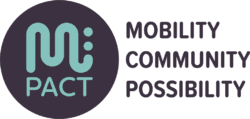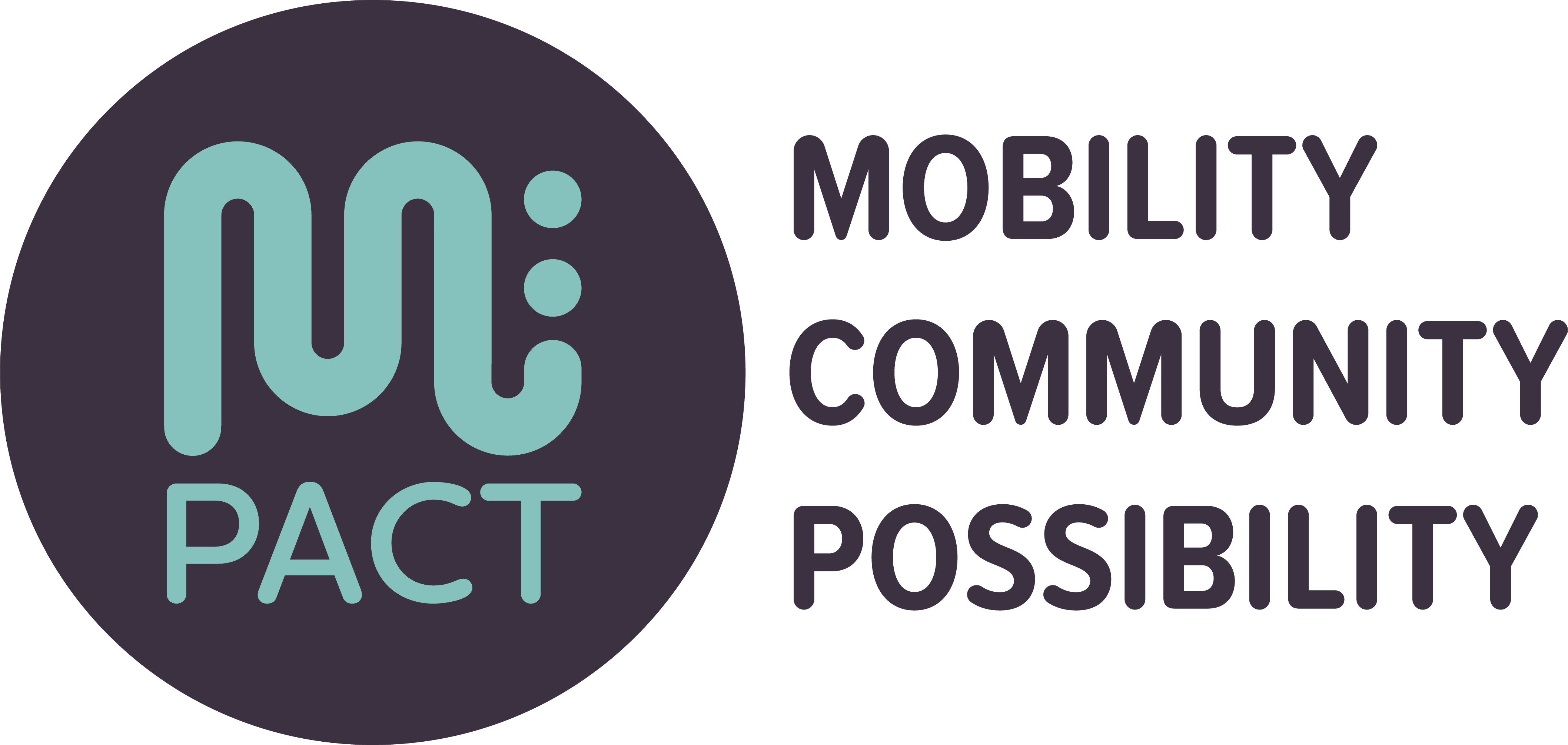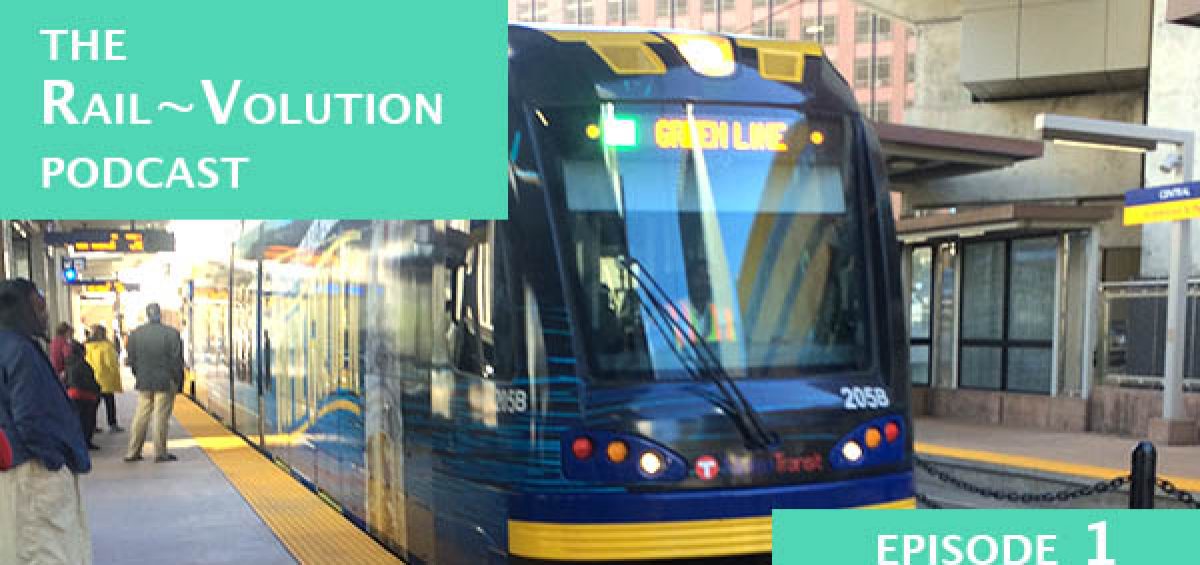Topics:
In this (first!) episode of the Rail~Volution Podcast, we hear from Jonathan Sage Martinson, former director of the Central Corridor Funders Collaborative, about the community’s efforts to plan for a $1 billion infrastructure project running through some of the lowest income neighborhoods of Saint Paul and Minneapolis, Minnesota. The project in focus, the Green Line light rail, opened in 2014. Also in the podcast: cultural corridors, including Little Mekong, Little Africa, and the Rondo neighborhood. And, the change in FTA rules that started in a Starbucks line at Rail~Volution.
What kind of process of community and stakeholder engagement happened along the Green Line? Martinson describes a process of bringing stakeholders together into 10 working groups focused on such issues as
- affordable housing
- small business development
- job training & opportunities to work on the project
- common and green spaces
- arts and culture assets
Those participating in the process were very aware that in the1960s an interstate freeway, I-94, took out the Main Street of the historically African-American Rondo neighborhood. The new project, a light rail line, would run down University Avenue, a broad commercial corridor, for the majority of the journey. There was, Martinson said, a lot of skepticism about whether it would divide rather than connect the community.
The focus turned to what kind of action could be taken to make sure development and opportunity would be inclusive, so that people who had lived there their whole lives could take advantage.
One of the guiding ideas was that of learning together. Each working group had a learning agenda covering current demographics and trends in the neighborhood and national examples. The intent was to understand where this work had been done before and where there were successes or failures.
Each work group then developed a set of local priorities and agreed on metrics to track progress.
The learning agenda happened across each issue and was powerful in every instance. It helped get people thinking creatively. – Jonathan Sage Martinson
The Collaborative was funded by a group of local and national funders interested in equitable transit oriented development. From 2007 to 2016, the Collaborative worked with local stakeholders to “unlock the transformative potential of the Green Line running between Saint Paul and Minneapolis” according to the collaborative’s web site.
The model used in the Twin Cities doesn’t depend on massive foundation support, Martinson said. “The whole intent of the learning was that this kind of holistic community thinking could be embedded in the process the next time a line was being planned. It could be how the transit agency and cities think about planning. Also how people invested in the community set priorities and work together.”
Links mentioned in the podcast:
- Central Corridor Development Strategy, City of Saint Paul, MN
- Central Corridor Funders Collaborative
- The Big Picture Project
- Little Mekong Night Market
- Creative Enterprise Zone
- Little Africa Business and Cultural District
- Rondo Avenue
See also this video, The Green Line – 11 Miles of Hopes, Dreams, and Fears and a 2018 report from the Center for Urban and Regional Affairs on gentrification in the Twin Cities, including this post about the Frogtown neighborhood.


